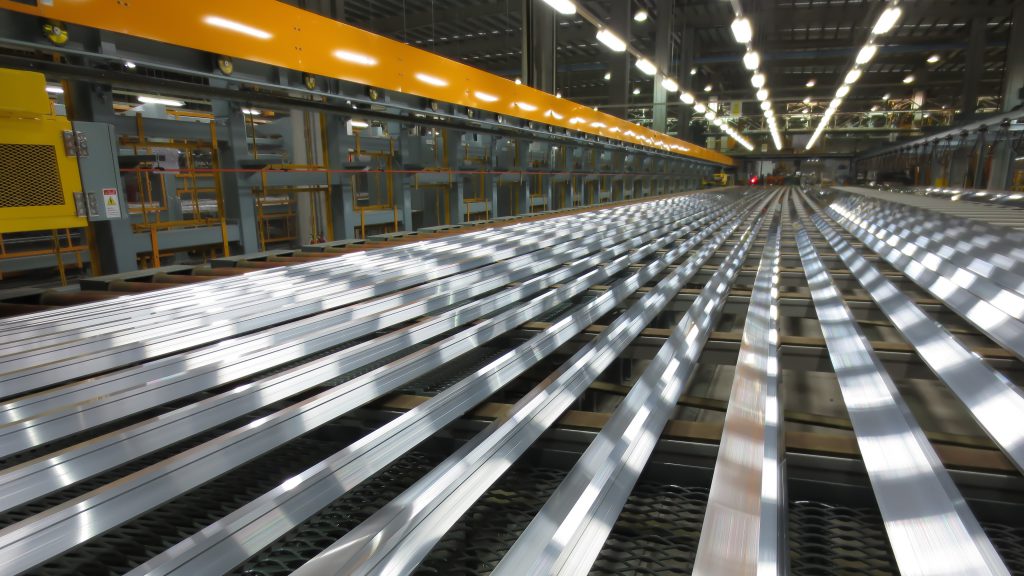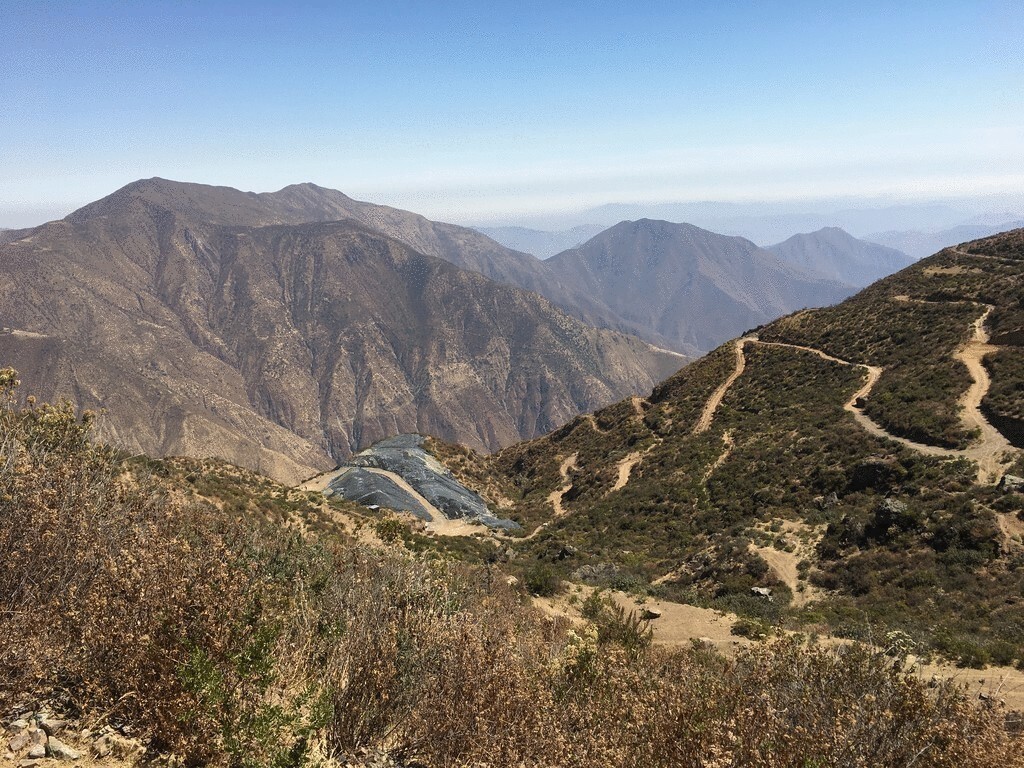Tin, aluminum to outperform other base metals in H2 – Antaike

Tin and aluminum prices are likely to outperform the rest of the base metals complex in the second half of 2021 on strong demand and tight supply, state-backed Chinese research house Antaike said on Thursday.
“Tin and aluminum are still much stronger than other metals, followed by nickel and lead,” senior analyst Xia Cong said on a webinar.
Base metal prices have surged to multi-year or record highs in 2021 on recovering demand from the pandemic, supply issues, monetary easing and speculative trading, raising costs for manufacturers in top metals consumer China.
The rally has cooled in recent months as policy tightening talks emerged and demand recovery slowed in top consumer China.
Click here for an interactive chart of base metals prices
Tin on the London Metal Exchange could average $28,500 a tonne over August-December, up from an average of $27,393 in the first seven months of this year, Antaike said.
Aluminum is meanwhile forecast to rise to an average of $2,550 a tonne over the remainder of 2021, up from $2,295 a tonne in January-July.
Tin has been supported by limited supply and strong demand from the electronics sector during the pandemic, while robust consumption of aluminum outpaced supply, which was hurt by power cuts and floods in top producer China. Nickel prices are expected to rise slightly to an average $18,000 a tonne in August-December, buoyed by strong demand in the stainless steel sector and better-than-expected consumption from the electric-vehicle battery industry.
The compound annual growth rate of global nickel demand from the battery sector is expected to be 31% during 2021-2025, Xia said.
Average lead prices will likely increase to $2,190 a tonne over the rest of the year, up from $2,121 year-to-date, she added.
Tight lead concentrate is supportive for prices, but high ingot inventories in China will keep a lid on any rally unless exported to overseas markets such as the United States and Europe, Xia said.
Average copper and zinc prices for the rest of the year could edge down from current levels, as supply gradually improves for both metals, she said.
(By Mai Nguyen and Tom Daly; Editing by David Evans)
{{ commodity.name }}
{{ post.title }}
{{ post.date }}

Comments